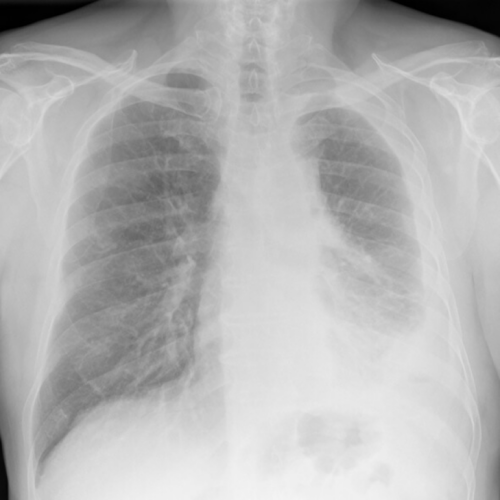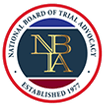Perhaps the most tragic aspect of a mesothelioma diagnosis is the amount of time it takes for the disease to progress. Often measured in decades, many victims discover that they are stricken with the deadly illness two decades following exposure.
Twenty years ago, U.S. citizens were lamenting the coming of a new year and the dawning of a new century. “Y2K” would have been a trending topic if social media in its current form existed. Nearly two years after the non-cataclysmic events predicted for January 1, 2000, catastrophe struck on September 11, 2001.
Thousands were killed in the attack on the World Trade Center. While the country mourned and the injured recovered, many of the first responders who were able to escape the collapsing towers believed that they had dodged the proverbial bullet.
What they didn’t know is that they already suffered exposure to a range of diseases, from lung cancer to mesothelioma. Among the debris that fell and filled the air where the Twin Towers used to stand was asbestos that exposed countless police officers, firefighters, and EMTs. In the following days, cleanup began, and exposure continued with people only protected by paper, surgical-style masks while they removed dust and debris.
With 2021 less than a year-and-a-half away, many of those inside the buildings and around the area will begin to feel symptoms and receive devastating diagnoses, if they haven’t already. They will join approximately 40,000 workers that include 10,000 responders and volunteers diagnosed with mesothelioma and other types of cancers caused by the nightmarish disasters.
The recent renewal of the 9/11 Victim Compensation Fund has put a bright spotlight on that fateful, life-changing event, and the people who sacrificed and survived. Many have faced and continue to face their own life-changing events to this day and beyond.















